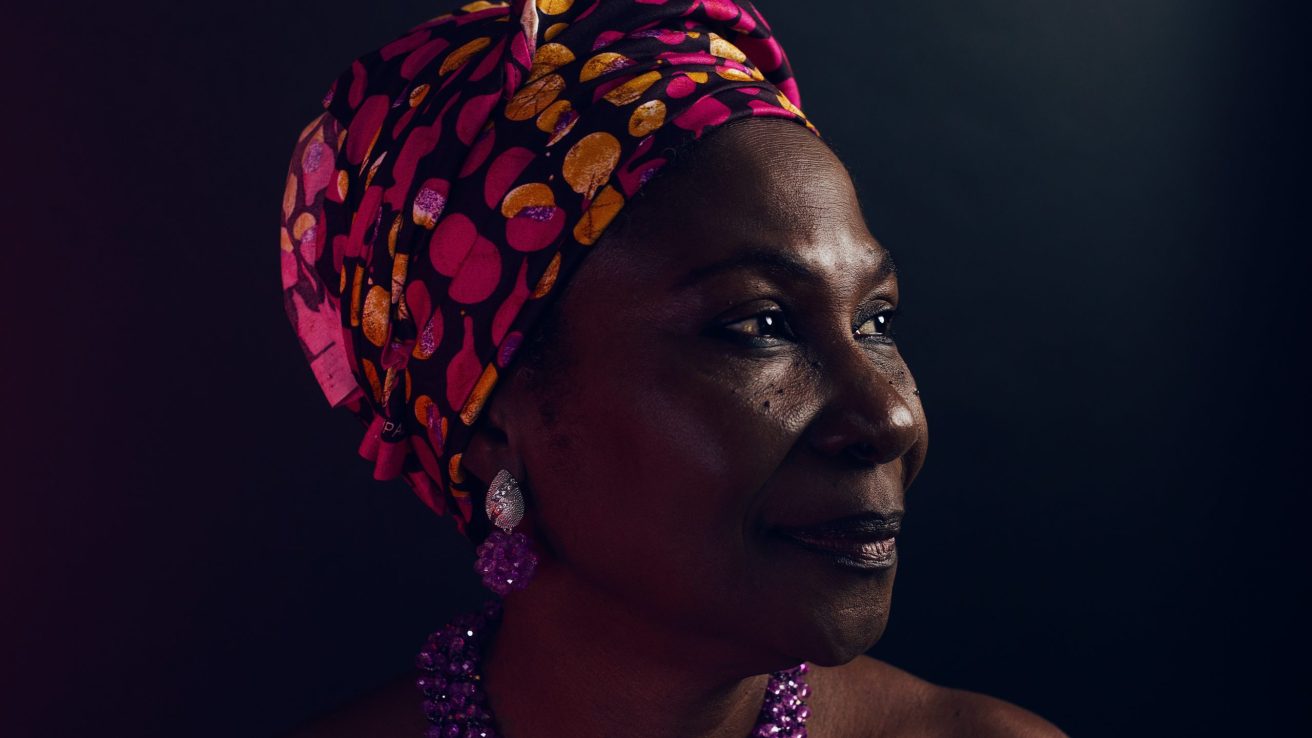Multiple myeloma (MM) develops from precursor states known as monoclonal gammopathy of undetermined significance (MGUS) and smoldering multiple myeloma (SMM). Disparities between Black and white patients exist at all stages of the disease. Black patients exhibit higher prevalence rates and a higher mortality rate. This article reviews the socioeconomic factors, genomic factors, and other factors that contribute to these disparities.
The authors examined multiple factors that are correlated with higher rates of MGUS and MM development. These factors include socioeconomic class, Black race/African ancestry, family history of the disease, and obesity. They go on to describe diagnostic variation in MM, the benefits of early detection of the disease, and screening methods for MM. Their work relies on previous clinical observations and research on patients with different stages of the disease.
The authors concluded that the reasons for the racial disparities seen with MGUS, SMM, and MM are multifactorial. Although genetics play a role, inferior access to care seems to play a larger role in MM treatment and survival. A call to action is made for greater recruitment and enrollment of Black Americans in MM clinical trials so that we may better understand and address these disparities [1].
Source:
[1] Marinac, C. R., Ghobrial, I. M., Birmann, B. M., Soiffer, J., & Rebbeck, T. R. (2020). Dissecting racial disparities in multiple myeloma. Blood Cancer Journal, 10(2). https://doi.org/10.1038/s41408-020-0284-7










